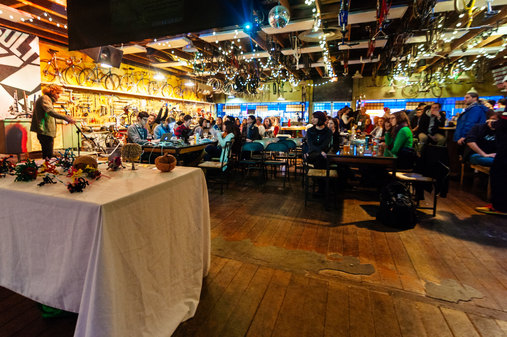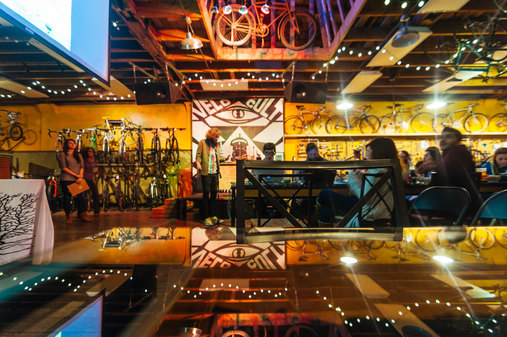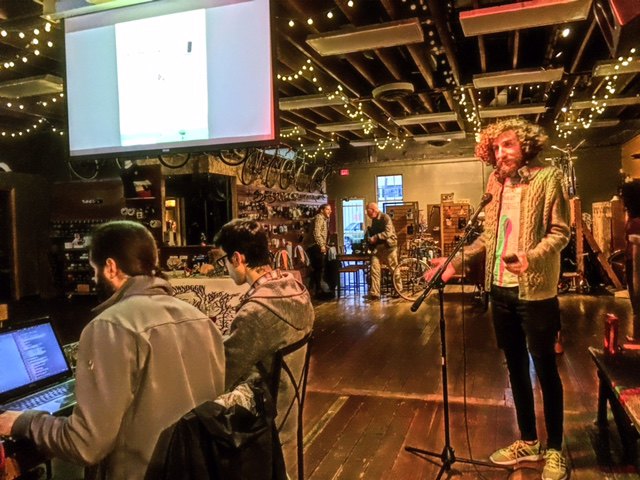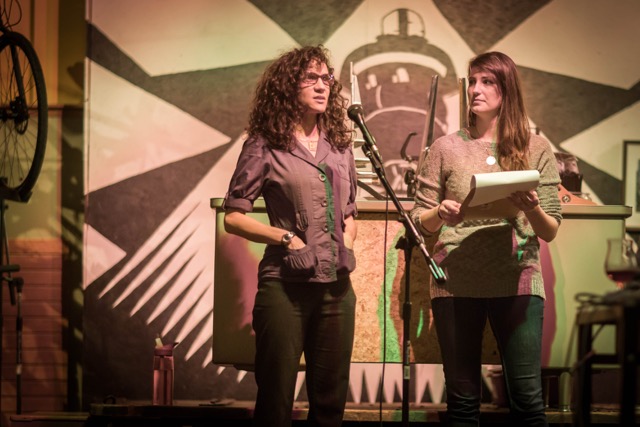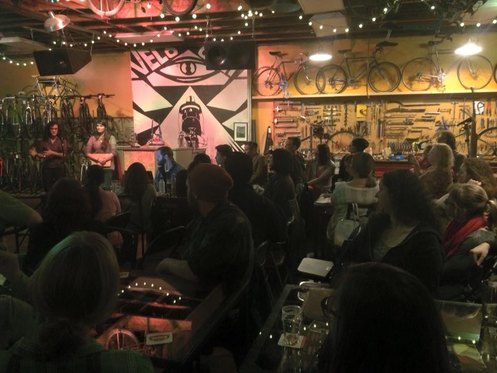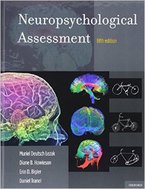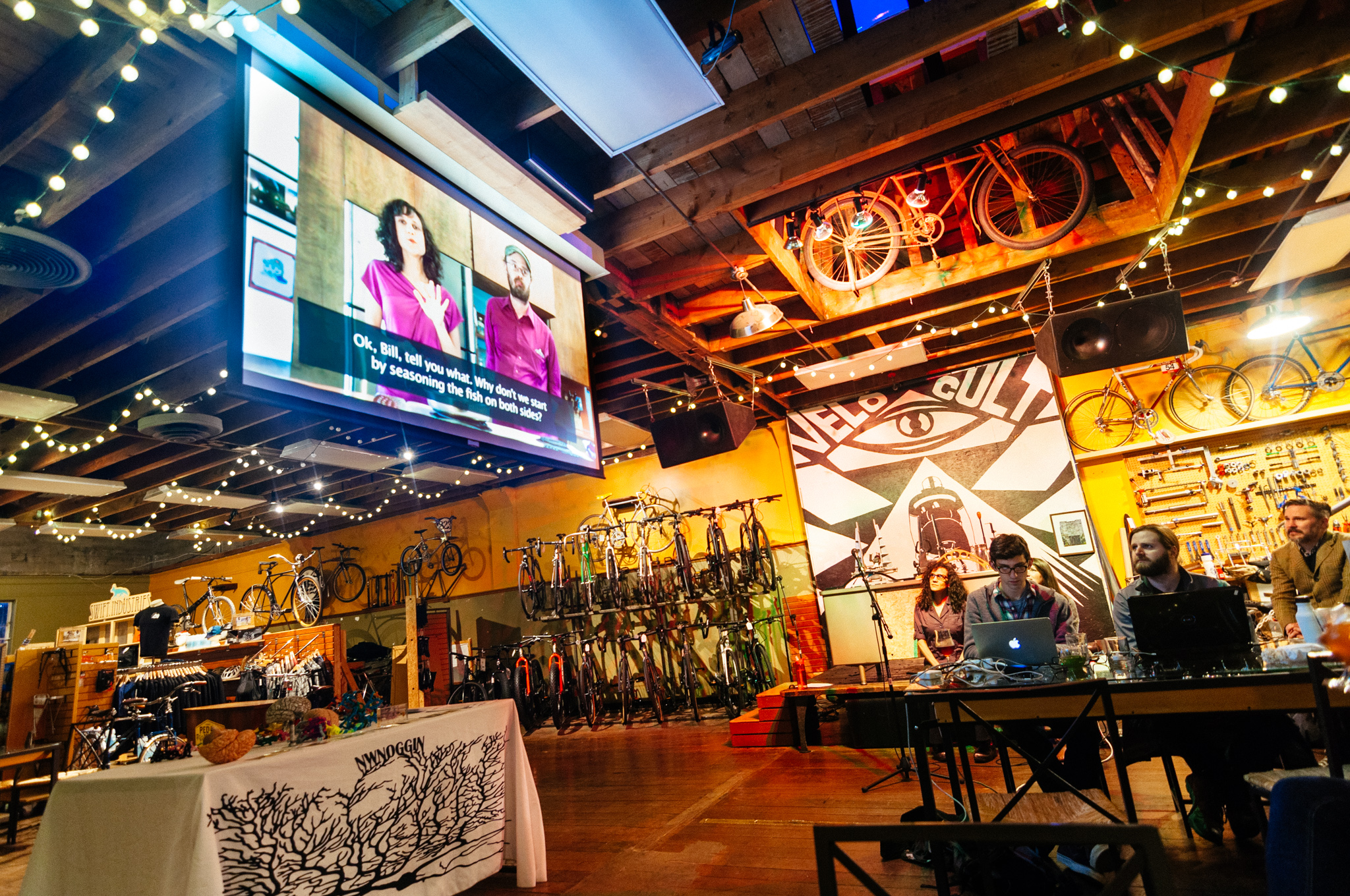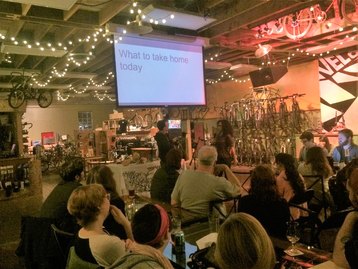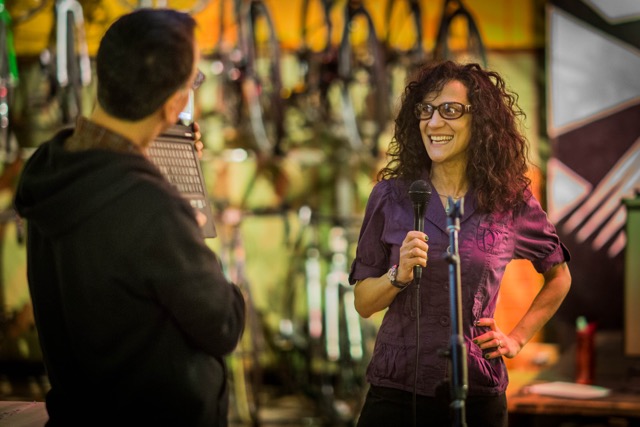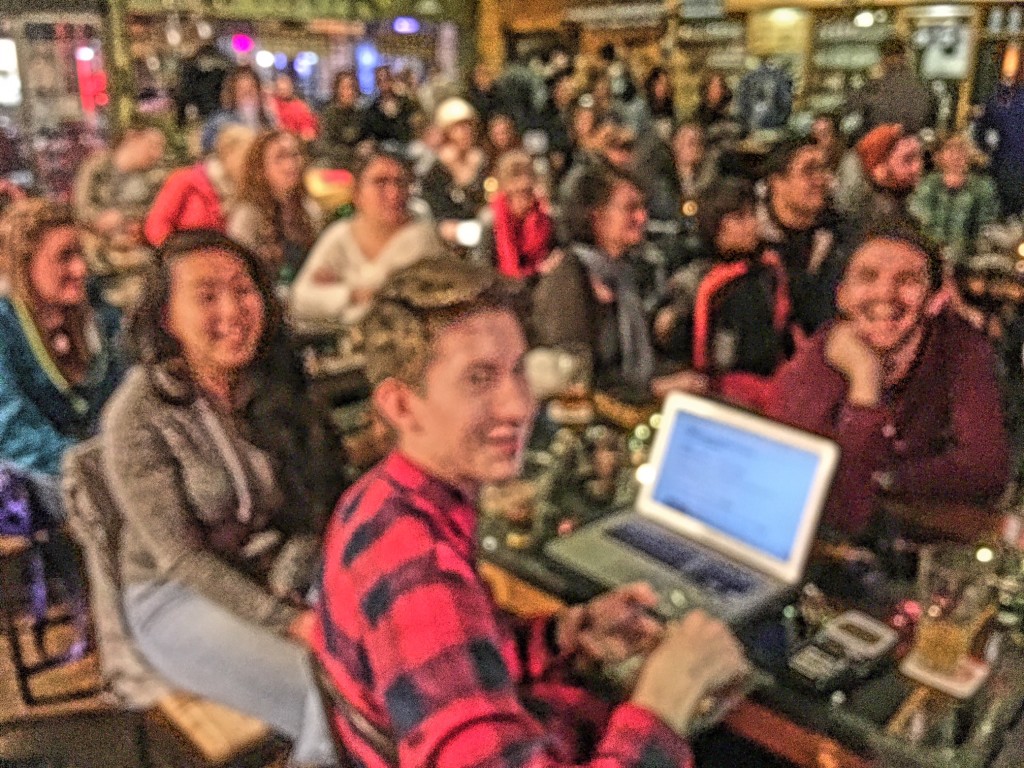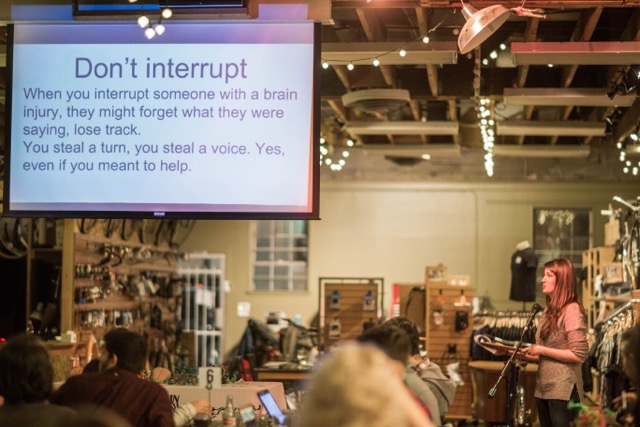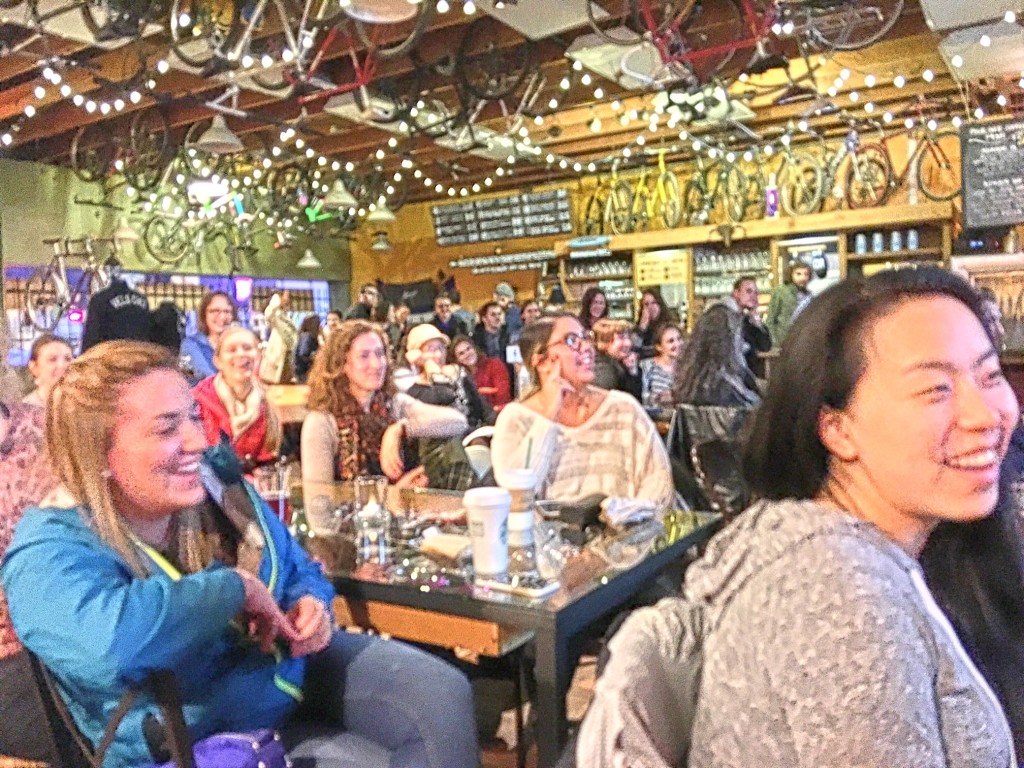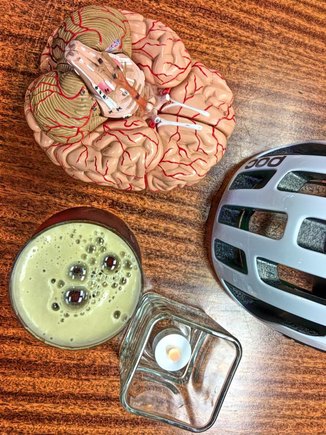This past Thursday March 10th, NW Noggin and Velo Cult Bike Shop presented Traumatic Brain Injury: Comedy, Communication, Community.
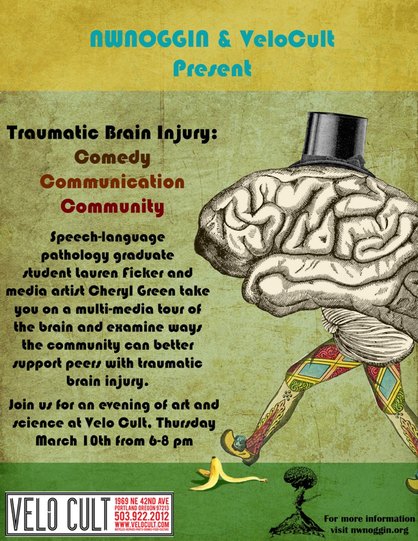
The alliterative title might have had a few curious attendees scratching their noggins…
Just what does comedy have to do with TBI?!
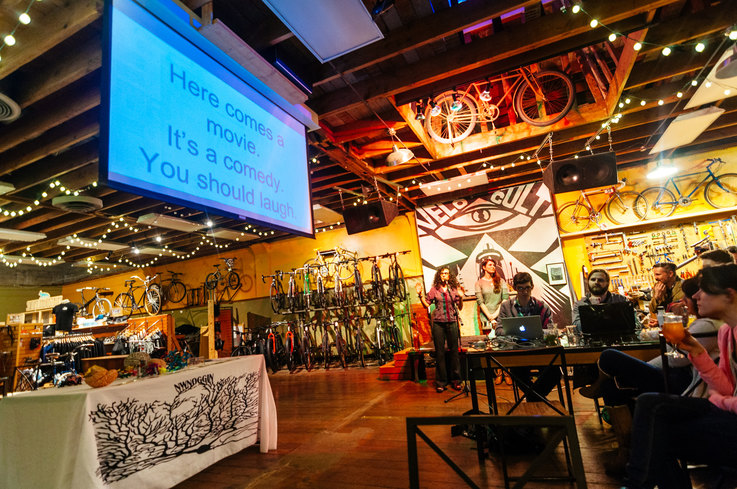
And what does community have to do with an individual’s TBI??
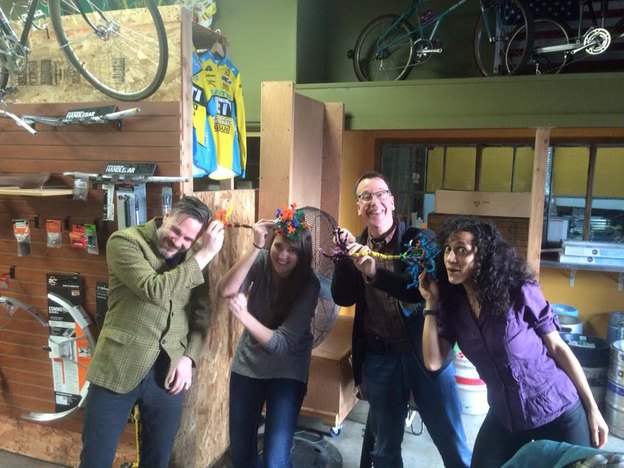
Well, to answer those questions (and pose many more) Lauren Ficker, a Speech-Language Pathology graduate student at Portland State University and local media artist Cheryl Green MFA, MS collaborated to present and facilitate an evening exploring and exposing stigma around TBI, and what we can all do to better support peers with traumatic brain injury.
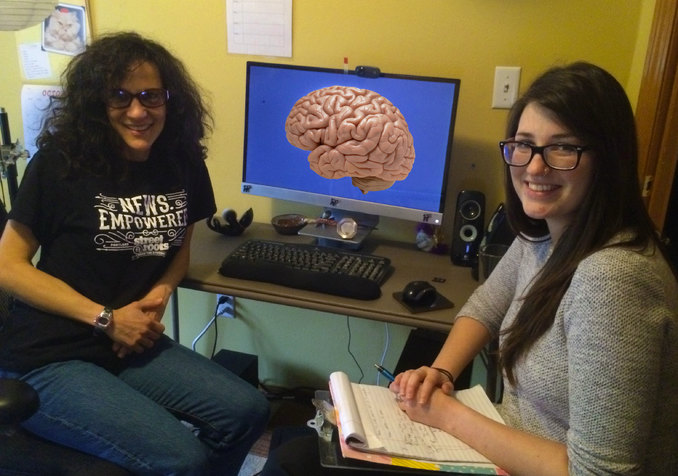
Lauren Ficker is a second year Speech-Language Pathology graduate student at Portland State University, conducting research in Dr. Sarah Key-DeLyria’s Neurolinguistics Lab. Her current research is examining the effects of cognition and mood on sentence comprehension (and she is currently recruiting participants! click to download the flyer).
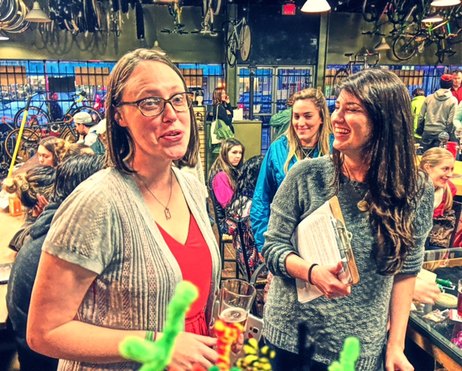
Lauren began working with individuals who have sustained a traumatic or acquired brain injury after meeting Dr. Key-DeLyria, and has family who have sustained mild traumatic brain injuries. She explained her perspective to the audience, stating:
To see individuals with TBI from both a clinical and a personal perspective has changed the way I view healthcare and my own clinical style.
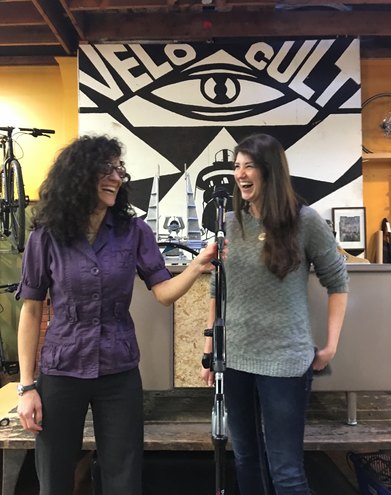
Cheryl Green combines her MFA in Performance As Public Practice and MS in Speech-Language Pathology to challenge stigma about disability, explore how media can be used for social justice, and create space to celebrate disability identity. Cheryl does this in part as a Closed Captioner and transcriptionist, making streaming video and podcasts more accessible. She has a blog with each post narrated and transcribed, and a monthly podcast called Stories from the brainreels that is also transcribed.
Cheryl is also a filmmaker, and is the producer/co-director of Who Am I To Stop It, a documentary film on isolation, art, and transformation after brain injury.
Who Am I To Stop It Trailer from Cheryl Green on Vimeo.
Before any NW Noggin event the proper preparations must be made – drinks and tweets!
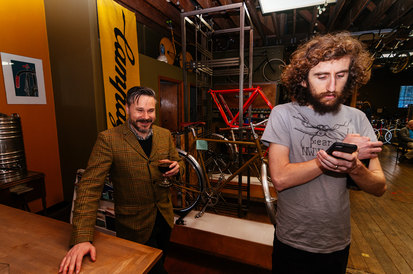
The night began with long-time NW Noggin volunteer Michael Miller (the author of this post!) introducing the presenters and guiding the audience through a novel way of showing appreciation. Rather than the standard applause, we rubbed our hands together up and down, avoiding the loud, abrasive sounds that clapping makes. This came at the request of Cheryl Green as a point of support and accessibility for everyone in attendance with TBI. We also avoided any disorienting flash photography.
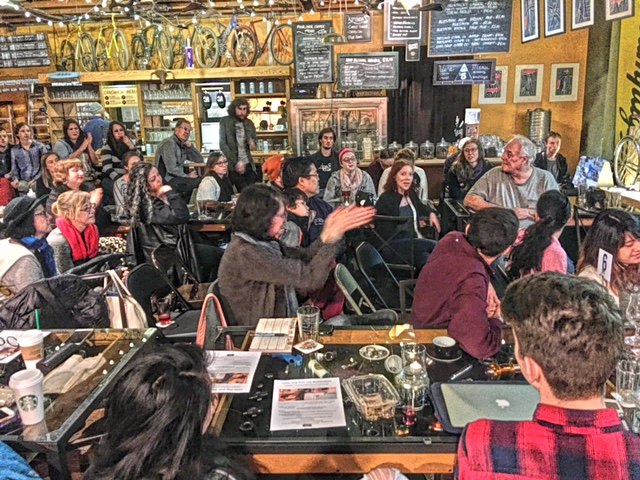
Cheryl and Lauren began their presentation with a dialogue they prepared highlighting the all too common, and unfortunately not-exaggerated ways Cheryl and others with TBI have personally experienced doctor visits.
Pic above from Trevor Kubat…
An excerpt from the dialogue:
LAUREN (as clinician): History: Emotional liability–yeah, these cases always cry a lot, don’t they? Occipital lobe seizures, cerebral blood flow obstruction of unknown origin because patient refuses to complete her diagnostic testing.
CHERYL (as patient): Have you ever had to do those tests? They’re awful. Of course I don’t want to do all the tests.
LAUREN: Non-compliant. Denial and unawareness of seriousness of deficits. Patient complains of difficulties with visual processing but denies history of childhood trauma.
CHERYL: Did you read the neuro-optometrist’s report?
LAUREN: No. Do you know how many patients I have to see every day?
CHERYL: The neuropsychologist thought my vision was bad because of a childhood trauma that didn’t actually happen. The neuro-optometrist’s report explains the vision problems. And the vision therapist’s report explains the vision problems.
LAUREN: Well, I’m doing my own assessment.
CHERYL: [starts to cry]
LAUREN: Patient is often tearful in office visits—again emotional liability.
CHERYL: Because none of you listen to me!
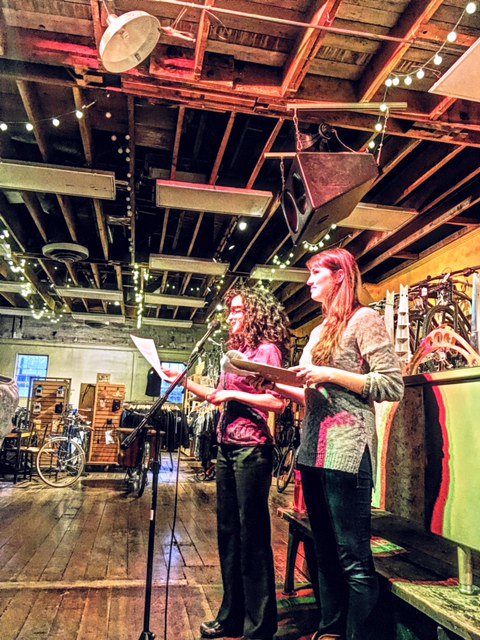
This awkward, unsettling satire was not an exaggeration from Cheryl’s own personal and ongoing experiences with clinicians. Cheryl went on to describe some of the isolation she experienced after her TBI, and how she personally dealt with it.
“I couldn’t get anyone – family, friends, providers – to understand what I was trying to say. So I started creating films, and that seems to be able to bridge that gap so that people without a lived experience of disability kind of get it a little better.”
March is Brain Injury Awareness Month, AND March is also Women’s History Month! Cheryl and Lauren took the opportunity to thank some of the important women who came before them.
Cheryl Green highlighted Portland neuropsychologist and OHSU Emeritus Professor of Neuroscience Dr. Muriel Lezak. Dr. Lezak literally wrote the book on Neuropsychological Assessment! From Cheryl:
She’s not only a genius, pioneer, and innovator, but she’s a total no b.s. person…she’s incredible in her no-nonsense approach to brain injury and recovery, and busting popular myths about brain function.
Lauren Ficker celebrated Dr. Marian Diamond, educator, scientist, innovator and a founder of modern neuroscience. Dr. Diamond’s work emphasizes environmental impact on brain development, a more common concept now thanks to her research.
Her controversial studies transformed the way we view the brain now, and show all of us how to maximize our full human potential.
Lauren recommends watching the ongoing documentary series My Love Affair with the Brain.
My Love Affair With the Brain: The Life and Science of Dr. Marian Diamond – Episode 1 from Luna Productions on Vimeo.
Lauren took us through some brain basics specifically relating to speech and language, and Cheryl created some animations demonstrating the contributions of Broca’s and Wernicke’s areas, and the occipital lobe. Due to minor ‘technical difficulties’ with a/v equipment, these animations can now be shown here, for the first time anywhere!
Broca’s and Wernicke’s Area:
Occipital Lobe:
Cheryl spoke of art and media, and how she creates films, in part, as self-care:
The process of writing, directing, acting in, editing, and producing films is an amazing form of rehabilitation for your mind. It requires organizing, planning, staying on task, and problem-solving, but it’s not boring worksheets like they give you in rehab. It’s fun, and it’s what I wanted to be doing.
A lot of things that were easy and second nature before had become really, really hard. Making art is where I could practice and get better at things again.
Cheryl also created a film, “Cooking With Brain Injury,” the first short film she wrote, which highlights the effects of dysfunction.
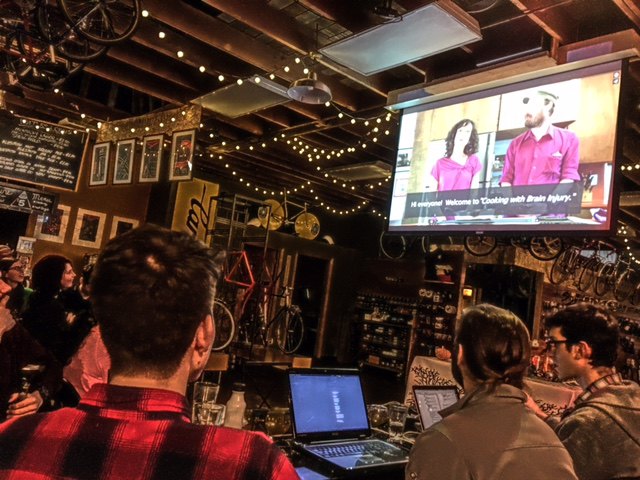
The technical difficulties continued while watching “Cooking With Brain Injury,” but Cheryl swooped in for the rescue and acted out the parts herself! This unexpected glitch turned into an exciting, genuine live performance of the film.
Pic above by Trevor Kubat…
NW Noggin co-founder Bill Griesar later commented on the technical glitches:
…they mirrored much of what was explained about the slowness, the timing issues, the organizational difficulties, the over stimulation, the discomfort, of TBI. But Cheryl’s response also reflected how we rise to challenges, and find new and more inspiring, effective ways often through art, and performance, to survive, and thrive!
Click Here to purchase Cooking with Brain Injury on DVD
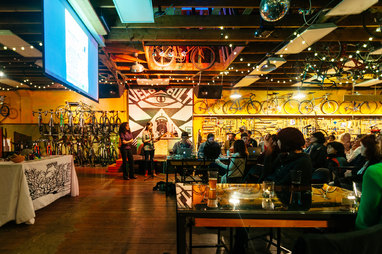
Lauren then explained the differences between Traumatic and Acquired Brain Injury.
Acquired Brain Injury (ABI) is just as it seems, any kind of brain injury, acquired after birth (e.g. stroke, illness effecting the brain). Traumatic Brain Injury (TBI), therefore, is a subcategory of ABI. More specifically, TBI is an insult to the brain caused by external physical force. This may produce an altered state of consciousness which results in an impairment of cognitive abilities or physical functioning.
Each TBI is different, which means that every individual will experience different symptoms.
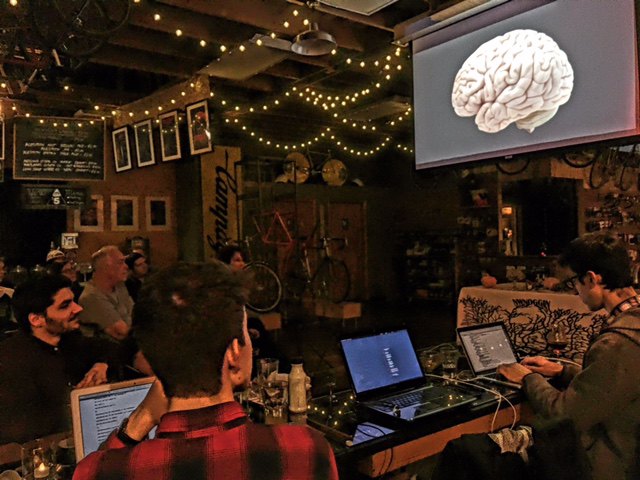
She then went over what will happen to a person after a brain injury, the overarching symptom being slowed information processing. This refers to one’s ability to manage and absorb information we are presented with. After a brain injury, it will actually take the brain a longer time to send and receive information.
Brain fatigue is another symptom and is associated with slowed information processing. After a TBI, there is a need for increased brain performance to participate in activities or complete tasks that were previously more manageable. With this need comes fatigue.
There will also be a change in a person after TBI – positive, negative, neither, or both, but there will be a change!
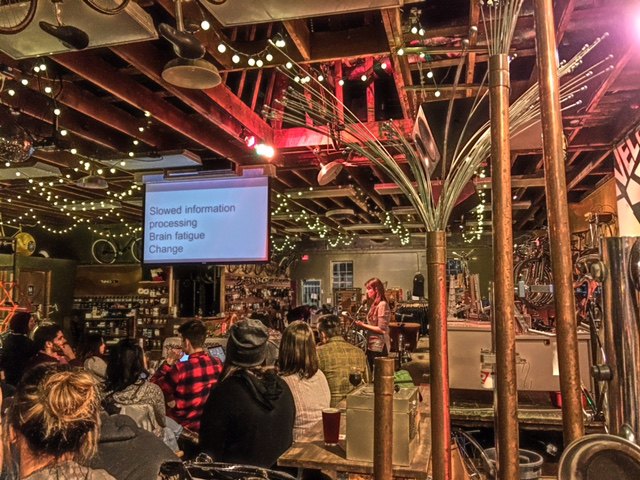
Lauren and Cheryl didn’t want the audience to leave with a list of symptoms from this event, nor did they want anyone to think that only people with brain injury need to change. Brain Injury affects the whole community, and their hope for a main take away is for everyone to consider a practical, realistic mindset that can benefit the whole community.

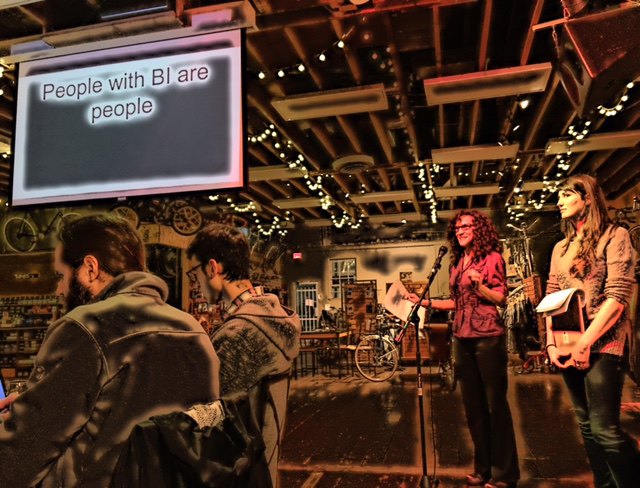
Pic above by Trevor Kubat…
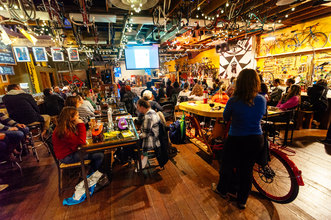
Importantly, Cheryl and Lauren discussed different ways people without TBI can change, rather than just the person with TBI needing to change/rehabilitate.
They created a handout for the audience (available below) with resources, references, and recommendations for “Ways YOU can change”, as well as for “Friends & Caregivers”.
Click to download this excellent resource – TBIResourcesHandout.
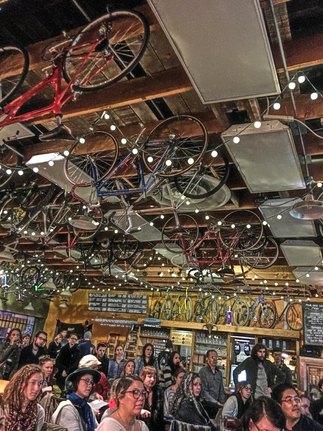
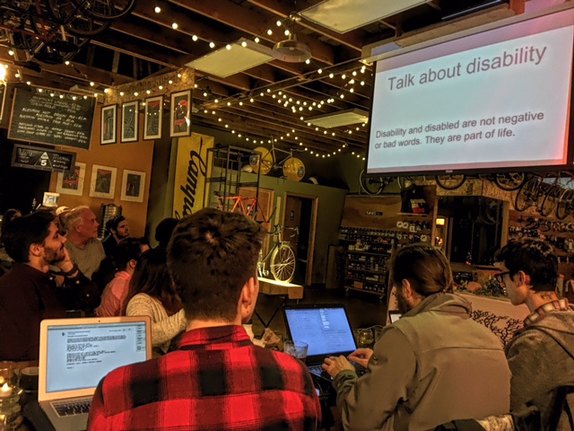
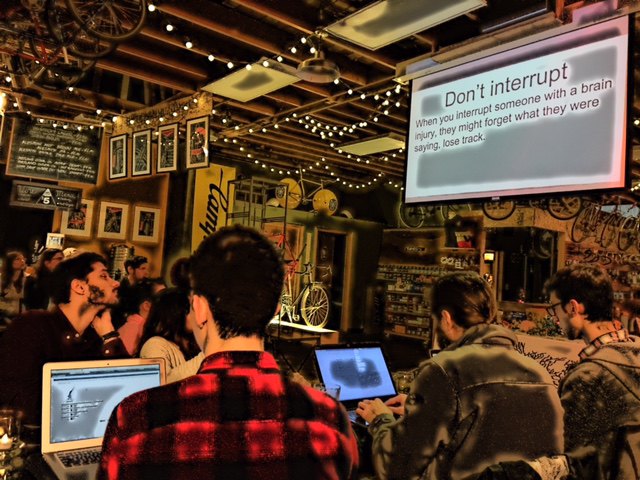
The audience Q & A was engaging and considerate, and offered many critical and challenging questions, comments, and personal experiences with and about TBI, and other disabling conditions. Cheryl and Lauren had created a safe space for discussion and sharing. Read more about this powerful experience at Cheryl’s blog…

Thanks to everyone who came out, and who helped make this event happen!
One of the recommended resources for people with TBI located in Portland, Oregon is The Backstrokes! Cheryl also features the group, consisting largely of stroke survivors (and one lovable dog), on two podcast episodes: Part 1 & Part 2
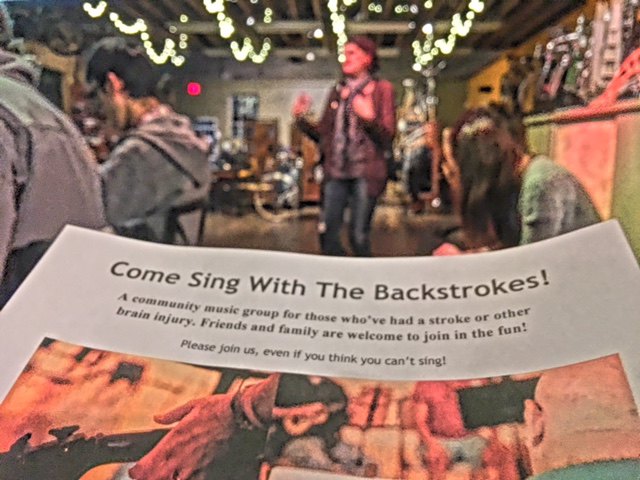
Cheryl and Lauren mentioned other artists with TBI, including:
Zazel Chavah O’Garra – After her brain tumor she went back to being a dancer. Her dance is not “special.” She uses dance and performance to foster inclusion and integration.
Katherine Sherwood – After her stroke, she incorporates her own brain scans into her mixed-media arts.
Toni Hickman – Was signed to a major hip hop label before her aneurysm and strokes, and now she’s a key member of Krip-Hop Nation, a global movement of disabled hip hop artists.
Robin Coste-Lewis – Was a professor before her severe TBI and now has just come out with her first poetry anthology, “Voyage of the Sable Venus,” which won a national book award.
NW Noggin has been hosting presentations at Velo Cult since May 2014. In addition to donating their space, Velo Cult has graciously donated $1 per pint sold to our ongoing neuroscience and art outreach efforts each and every time!
www.nwnoggin.org
Noggin Bloggin written by Michael Miller
Photos by Alex Voigt, Bill Griesar, and Michael Miller
Video below by Trevor Kubat…



